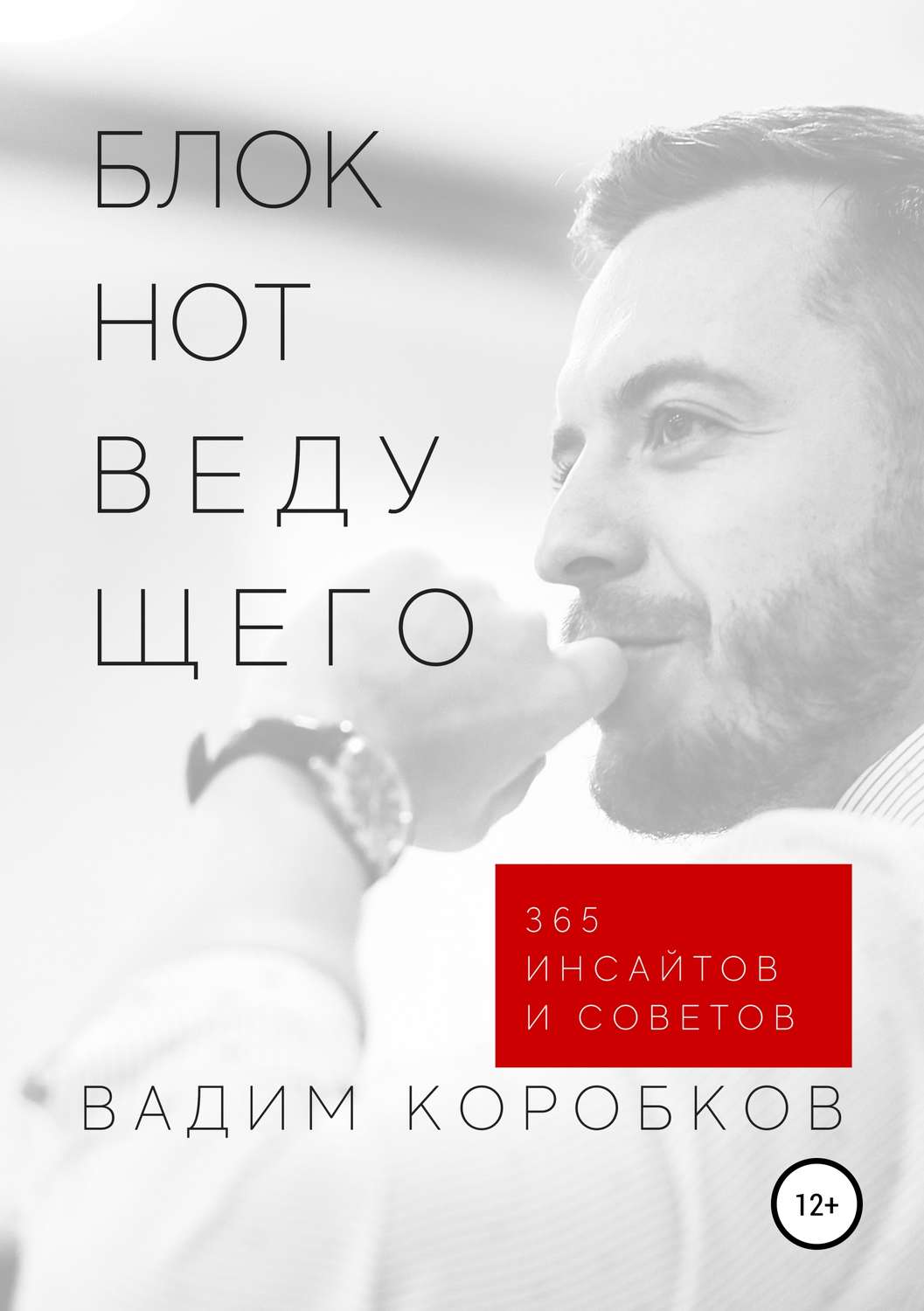SCawgfRdIdanoNEYpLにお住まいの doombugy さんの記帳 2rand[0,1,1]歳 ツ男性: 2016年04月28日(木) 14時32分. Weekly 0.9 0.9.
Her brother and Bronislava Nijinska, sculpture by, the In the past Tomasz had forgone opportunities, turning down dance offers because of his family obligations. In 1897 near Saint Petersburg, Eleonora and Thomasz danced on stage together for the last time. He then continued on the road alone as a dancer.
On a prior trip to Finland, he had become involved with a fellow dancer. Eventually this led to a permanent separation from his wife. His relationships with his children accordingly suffered; he then saw infrequently.
Alone Eleonora soon established permanent residence in Saint Petersburg, after years of continual travel with her three children. She rented a large flat and opened a. Saeco via torretta 230 user manual. Bronislava records that her brother Vaslav (or Vatsa) became bitter and years later turned against his father for the pain his mother endured. Her brother Vatsa [ ] 'By nature Vaslav [Vatsa] was a very lively and adventurous boy.' In her book Early Memoirs Nijinska writes about the adventures of young Vatsa, older than her by 22 months. Living with a mother and father who danced on stage and were regularly traveling on tour, the children acquired an intrepid attitude and a physical prowess in everyday life. The two parents encouraged their children's athletic development and, while scolding misbehavior, were not punitive.
Curiosity drove Vatsa to explore his frequently-new neighborhoods, sometimes crossing parental lines. His bravery and daring on rooftops impressed Broni. How Vatsa loved to climb! Whenever he was at the top of a tree, on a high post, on the swing, or on the roof of our house, I noticed a rapturous delight on his face, a delight to feel his body high above the ground, suspended in midair. Vatsa investigated the strange streets of different towns and cities where the family's theatrical life took them. Along the way he was training his body.
It became an instrument of extraordinary strength and balance. Seemingly without fear he relished his freedom. His mind took innovative turns, which his body followed, or vice versa.
Often Broni was invited along. From Vatsa's adventures she, too, acquired a body unusually trained for dance.
Childhood dance skills [ ]. Enrico Cecchetti, St. Petersburg, c.1900 Her parents not only were dancing on stage, they also taught ballroom dancing to adults and had special dance classes for children. Early on they instructed their daughter in folk dances: Polish, Hungarian, Italian, and Russian.
She learned ballet, together with all kinds of different dance steps. She picked up some acrobatic techniques from her father, who would 'talk shop' and trade skills with circus performers. Later she was able to draw on this rich experience in her choreographic works.

Broni Nijinska was not quite four when she made her theatrical debut in a Christmas pageant with her brothers in. She seemed always familiar with being on stage, in children's skits or to make brief appearances on the adult stage.